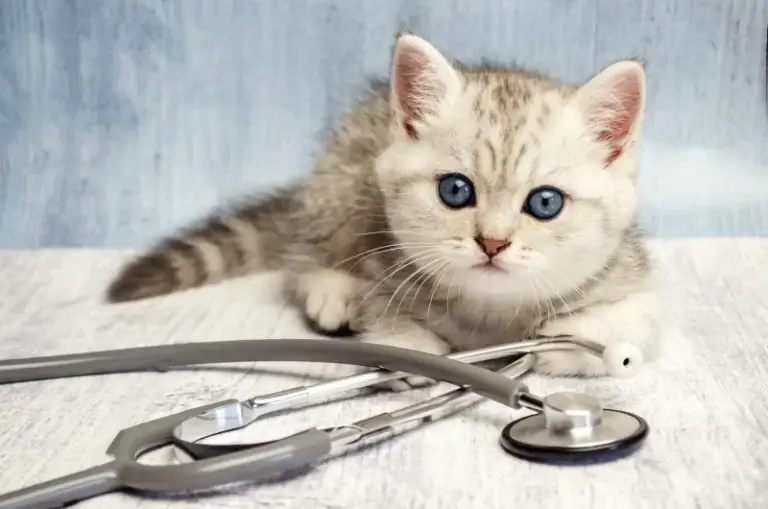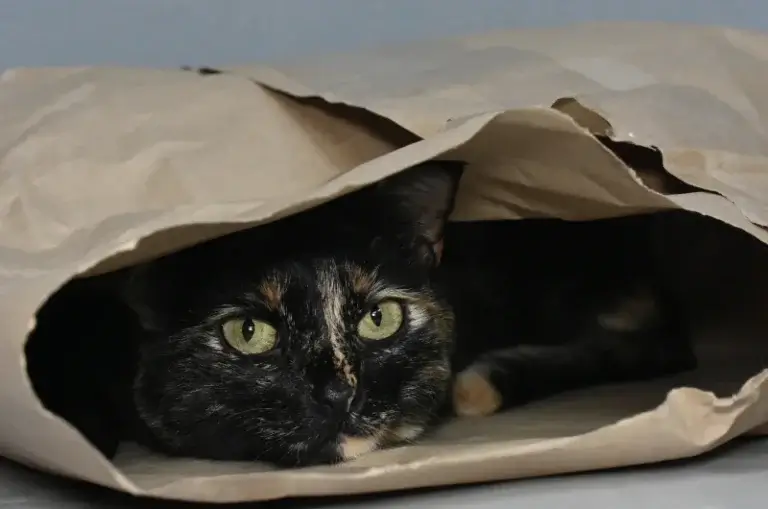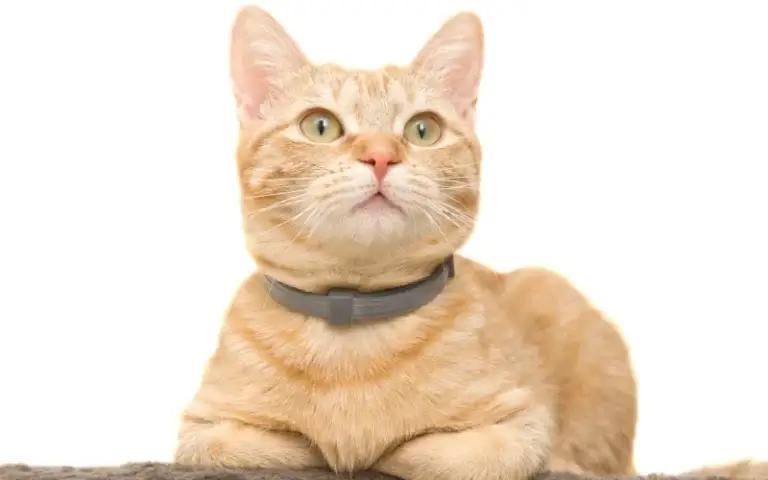8 Proven Ways to Reduce Cat Shedding
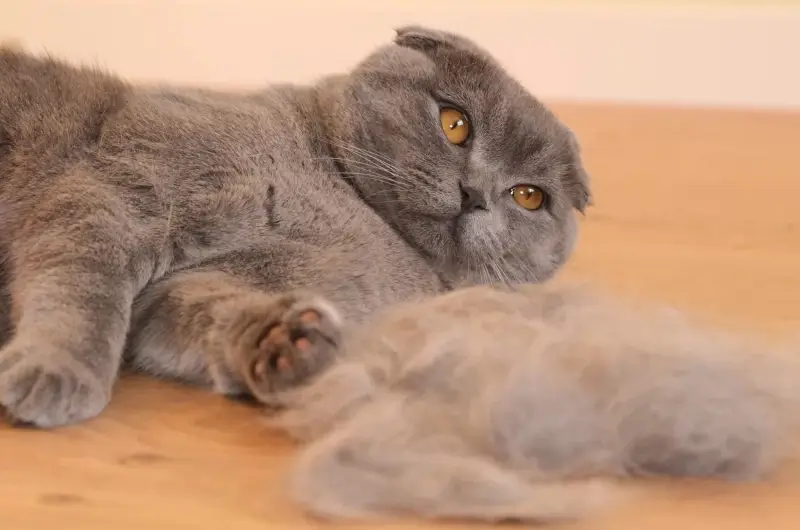
Did you know that the average cat sheds around 40 grams of fur every year? That’s enough to make a small sweater!
While shedding is completely natural, finding cat hair on everything from your favorite black pants to your morning coffee can drive any pet parent a bit crazy.
But here’s the good news – you don’t have to live in a constant fur storm. With the right strategies and a little bit of know-how, you can significantly reduce your cat’s shedding while keeping them healthy and happy. Ready to take control of the fluff situation? Let’s dive into some game-changing solutions!
Brush Your Cat Regularly
Want to get those loose cat hairs under control? Regular cat grooming is your secret weapon! Not only does it catch loose fur before it ends up all over your furniture, but it also helps prevent those pesky hairballs your cat might hack up later.
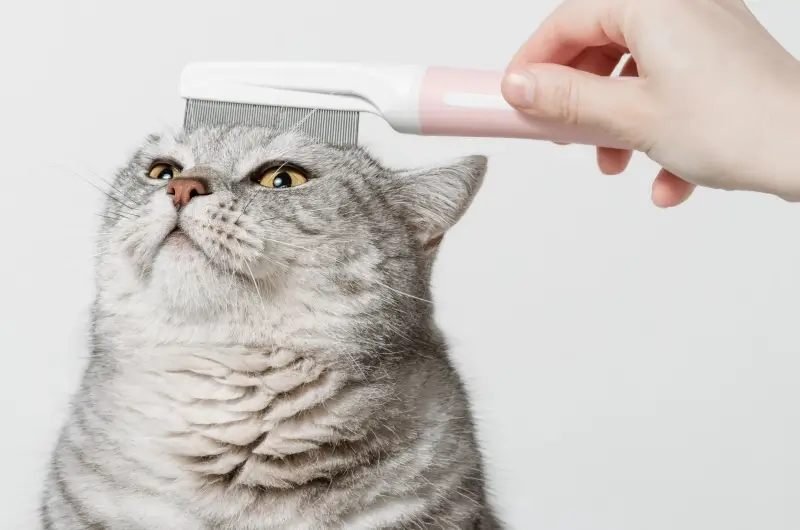
Plus, brushing spreads natural oils through your cat’s coat, keeping it healthy and shiny.
Picking the right brush makes all the difference. If you’ve got a fluffy Persian or other long-haired cat, reach for a slicker brush or special deshedding tool to tackle that thick coat.
For short-haired kitties, a soft-bristle brush or grooming glove will do the trick.
How often should you brush? Long-haired cats need daily attention to keep their magnificent coats tangle-free. Short-haired cats can get by with brushing every few days, though daily sessions are best during spring and fall when they’re shedding their seasonal coats.
Want to make brushing time something your cat actually looks forward to? Start with quick, gentle sessions – even just a few minutes counts! Keep some treats handy and shower your kitty with praise.
Try different brushes until you find one that makes your cat purr with delight. Before you know it, grooming will become a special bonding time you both enjoy.
Feed a Balanced Diet Rich in Essential Fatty Acids
Your cat’s coat quality starts from the inside out! A healthy balanced diet packed with the right nutrients makes a huge difference in how much your cat sheds. The key players? Protein and those super-helpful omega-3 and omega-6 fatty acids.
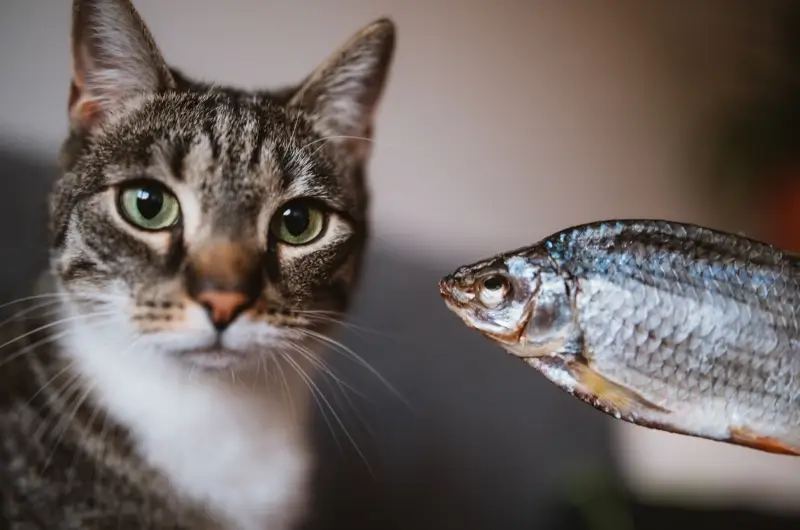
Fish oil is your best friend when it comes to omega-3s, while poultry fats bring those omega-6s to the table.
These fats work together to keep your cat’s skin moisturized and their fur strong. Want to spot good food sources? Look for salmon, mackerel, or chicken fat in the ingredients list.
Thinking about switching to better cat food? Take it slow! Mix the new food with your cat’s current food, gradually increasing the new stuff over 7-10 days. This gentle transition keeps tummy troubles at bay while you work toward that healthier coat.
How do you know it’s working? Watch for these happy changes in your furry friend’s coat: less dandruff, shinier fur, and fewer loose hairs on your clothes and furniture.
Give it a few weeks – good things take time! Your cat’s coat will start looking better, and you’ll notice less fur floating around your home.
Ensure Your Cat Stays Hydrated
Water plays a huge role in keeping your cat’s skin bouncy and their fur from getting dry and brittle. When cats don’t drink enough, they tend to shed more – and nobody wants that!
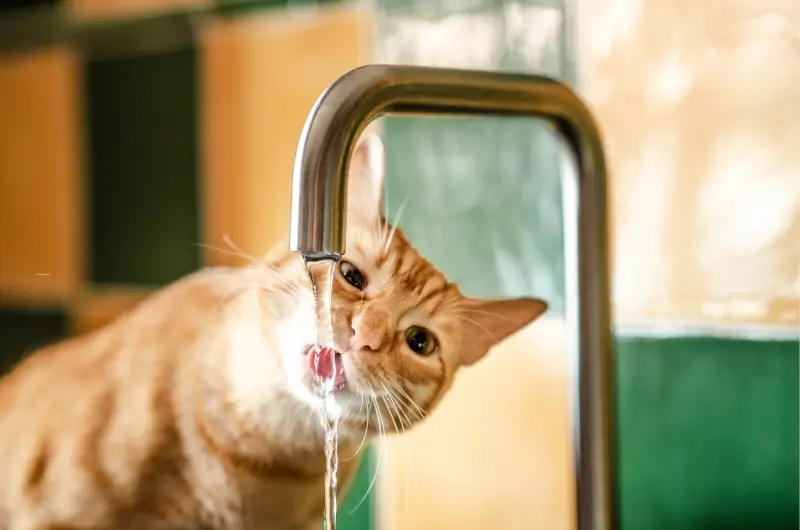
Getting your kitty to drink more doesn’t have to be tricky. Try setting up a pet fountain – many cats love running water and will drink more water.
Place multiple water bowls around your home, especially near favorite spots. Mix in some wet food with their meals – it’s like sneaking extra water into their diet!
Want to check if your cat needs more water? Take a quick look at their gums – they should be pink and moist. Dry gums, sunken eyes, or skin that stays “tented” when you gently pinch it are red flags that your cat might be thirsty.
The best part? When your cat drinks enough water, you’re not just fighting excess shedding. You’re also helping their kidneys work better and keeping their whole urinary system happy.
Think of good hydration as a two-for-one deal: less fur on your couch and a healthier cat! To make it even easier, try adding a splash of low-sodium chicken broth to their water bowl – most cats can’t resist the tasty upgrade!
Use Parasite Preventatives
Those pesky fleas and mites aren’t just itchy nuisances – they can make your cat shed like crazy! When these tiny troublemakers set up shop on your cat’s skin, they cause irritation that leads to excessive scratching and grooming. The result?
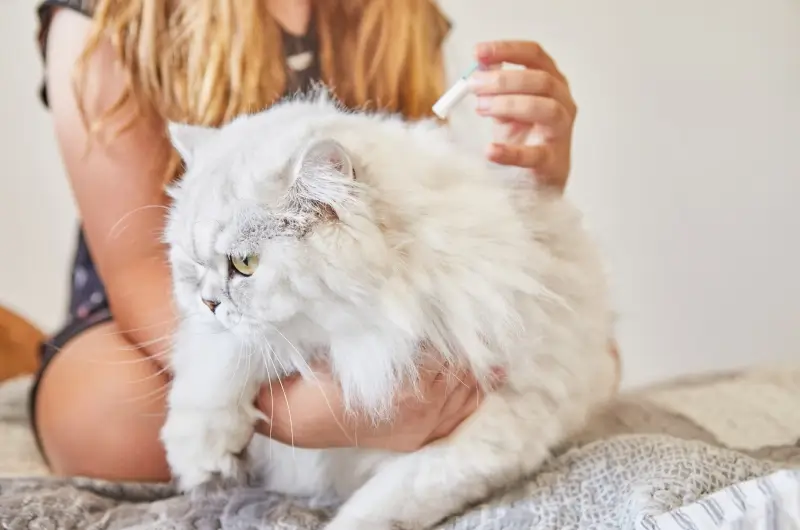
More fur flying around your house than usual.
Got a scratchy kitty? You’ve got options! From monthly spot-on treatments that go between your cat’s shoulder blades to pills they can take with their food, there’s a solution for every cat. Some folks love flea collars for their parasite prevention guide convenience, while others prefer sprays for quick action.
The trick is sticking to a schedule. Most flea treatments work best when given monthly, but timing can vary based on the product. Write it on your calendar or set a phone reminder – your cat’s coat will thank you!
Here’s the most important bit: chat with your vet before starting any flea treatment. They’ll help you pick the right option based on your cat’s age, size, and lifestyle.
Plus, they’ll make sure you’re using the correct dose – because too much or too little won’t do the trick. Your vet knows what works best in your area and can spot if those extra hairballs might be from something more serious than just fleas.
Minimize Stress with a Calm Environment
Did you know that a stressed-out cat can shed more than a relaxed one? When cats feel anxious, their bodies react by dropping fur faster than usual. But don’t worry – you can help your furry friend feel more at peace!
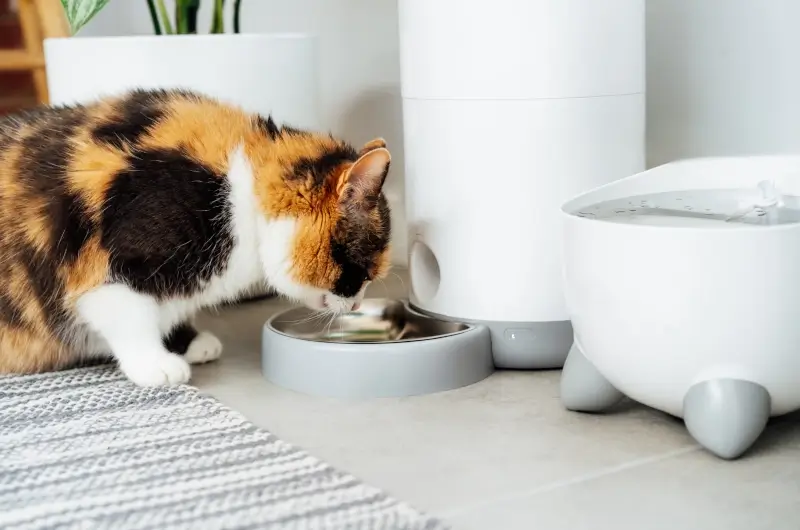
Start by making your home a more peaceful environment. Set up quiet hiding spots like cozy boxes or cat caves where your kitty can retreat when life gets overwhelming.
Keep their litter box, food, and water in peaceful areas away from noisy appliances or busy hallways.
Cats love knowing what comes next! Try feeding and playing with them at the same times each day. This predictable schedule helps them feel safe and secure, which means less stress-related shedding.
Think of it as their daily kitty calendar – breakfast at 7, playtime at 6, and treats before bed.
Watching for stress signals helps you catch problems early. Is your cat hiding more than usual? Grooming until bald patches appear? Not eating their favorite treats? These might be signs they’re feeling anxious. Combat stress with extra playtime, gentle pets (when they want them), and plenty of vertical space like cat trees where they can survey their domain.
Some cats even benefit from calming pheromone diffusers or soft background music made just for felines!
Bathe Your Cat or Use Pet-Safe Wipes
While most cats keep themselves pretty clean, sometimes they need a little help managing loose fur. Just don’t tell them we said that! A good bath can work wonders for reducing shedding, especially for long-haired cats or older kitties who might struggle with self-grooming.
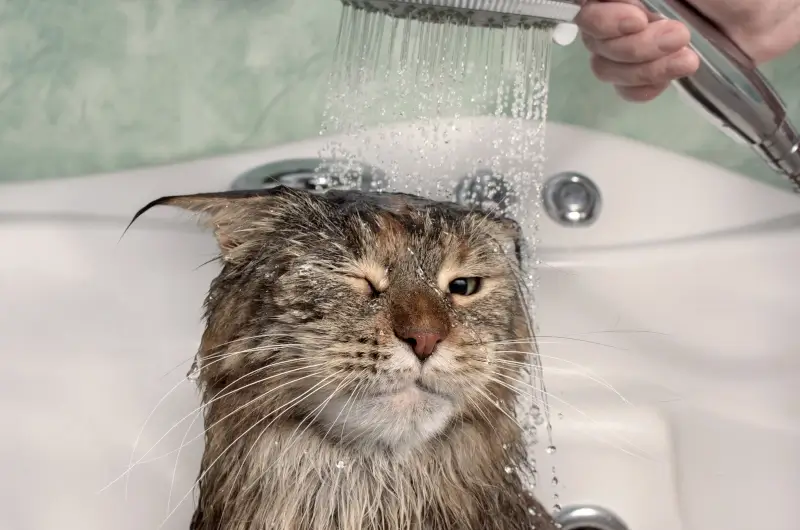
Ready for bath time? Fill the tub with just a few inches of lukewarm water – think baby-bath temperature. Pick a cat-specific shampoo (human products can irritate their skin), and have towels ready.
Quick tip: put a non-slip mat in the tub to help your cat feel more secure. Work the shampoo in gently, rinse super thoroughly, and wrap your friend in a warm towel.
Not every cat’s a water fan (shocking, right?). If your kitty runs at the sight of running water, pet-safe wipes or a damp washcloth work great too! Gently wipe in the direction of fur growth to catch loose hairs and clean the coat.
How often should you break out the bath supplies? For most cats, every few weeks is plenty – too much washing can dry out their skin.
Watch how your cat responds and adjust accordingly. Some cats might need more frequent wipe-downs during heavy shedding seasons, while others do fine with occasional spot cleaning.
Keep bath time short and sweet, offer treats for good behavior, and soon you’ll have a cleaner cat and less fur around your home!
Designate a Cozy Resting Area
Here’s a fun fact: cats spend most of their shedding time in their favorite snooze spots! By giving your cat their own special resting place, you can keep those loose hairs in one area instead of scattered all over your home.
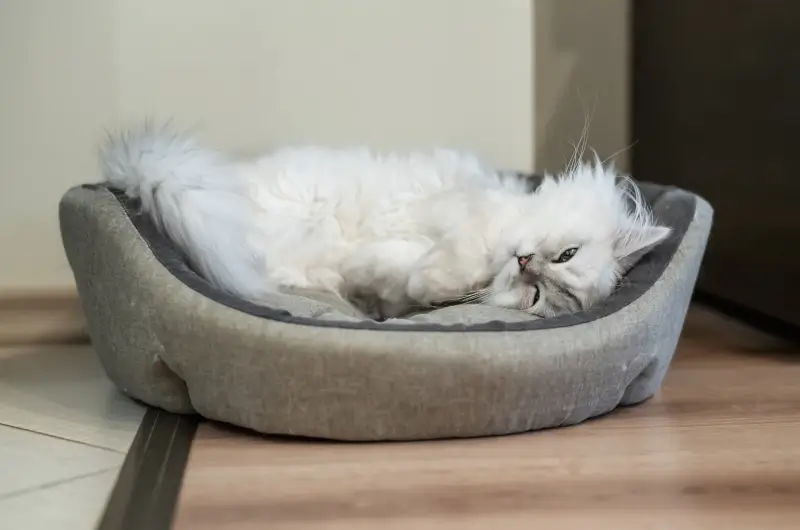
What makes a perfect cat spot? Some kitties love plush beds with high sides for extra security, while others prefer the bird’s-eye view from a tall cat tower. Covered “cave” beds work great for cats who like to hide, and window perches let them watch the world while catching some sunny ZZZs.
Got your cat’s spot picked out? Make cleaning a breeze by laying down a washable blanket or mat that you can pop in the laundry once a week. Run your vacuum around the area every few days to catch any stray fur before it migrates to other rooms.
Want your cat to actually use their new spot? Try sprinkling some catnip on their bed or leaving their favorite treats nearby.
Place the bed in a more peaceful environment where they already like to hang out – cats love spots that feel safe and have a good view of their territory. Before you know it, your kitty will claim their new space, and you’ll know exactly where to find most of those shed hairs!
Clean Your Home Frequently
Ready to win the battle against cat fur? Start with the right tools! A vacuum with a HEPA filter will be your best friend – it grabs those pesky hairs and traps the tiny dander particles that regular vacuums miss.
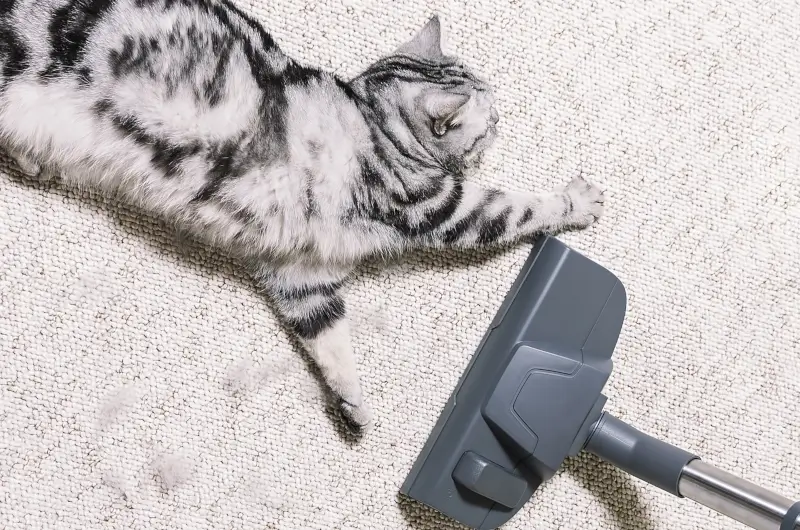
Keep lint rollers stashed in every room for quick touch-ups, and don’t forget about rubber squeegees – they work like magic on carpets and furniture!
Want cleaner air? Pop a HEPA air purifier in rooms where your cat hangs out most. These machines catch floating fur before it settles, making your cleaning routine much easier. Plus, they help reduce those sneeze-inducing allergens that come with cat hair.
Make cleaning manageable by breaking it into bite-sized tasks. Hit high-traffic areas (like your cat’s favorite spots) with the vacuum every other day. Wipe down surfaces with a damp rubber glove – the fur sticks right to it!
Save deeper cleaning for weekly sessions when you can move furniture and get those hidden fur bunnies.
Pro tip: Keep cleaning supplies where you need them most. Stash a lint roller by the couch, another near your bed, and maybe one more by the front door for last-minute defuzzing. Put on rubber gloves, dampen them slightly, and run your hands over furniture – you’ll be amazed at how much fur they collect!
Remember to empty vacuum canisters and clean filters regularly to keep your fur-fighting tools working their best.
The Bottom Line on Managing Cat Shedding
Remember, some shedding is natural and healthy for cats – it’s just part of living with our furry friends. The key is finding the right combination of grooming, nutrition, and environmental strategies that work for both you and your kitty.
With consistency and patience, you’ll notice a significant difference in the amount of fur floating around your home.
Most importantly, many of these shedding-control methods double as bonding opportunities with your cat. Whether it’s regular brushing sessions or creating cozy spots for them to rest, you’re not just managing fur – you’re building a stronger relationship with your feline friend. Now that’s what we call a win-win situation!

